Golden Berries: A Natural Ally for Blood Sugar Balance

When it comes to managing blood sugar naturally, certain foods stand out for their remarkable properties. Golden berries, with their bright orange hue and tangy-sweet flavor, are emerging as a powerful ally in the quest for balanced blood glucose levels. These small but mighty fruits pack a nutritional punch that specifically targets the body’s sugar regulation mechanisms.
What Are Golden Berries? Origin and Nutritional Profile
Golden berries (Physalis peruviana) originate from the Andean regions of South America, particularly Peru, Chile, and Colombia. These small, marble-sized fruits grow within a papery husk similar to tomatillos and are part of the nightshade family. They’re known by several names including cape gooseberries, Inca berries, Peruvian groundcherries, and poha berries.
What makes golden berries stand out in the world of superfoods is their impressive nutritional profile, especially when it comes to components that affect blood sugar regulation.
| Nutrient | Amount per 1 cup (140g) | Benefits for Blood Sugar |
| Calories | 74 | Low-calorie option for weight management |
| Carbohydrates | 15.7g | Lower carb content than many fruits |
| Fiber | 6g | Slows sugar absorption, improves insulin sensitivity |
| Protein | 2.7g | Helps stabilize blood glucose levels |
| Fat | 1g | Contains essential fatty acids that improve insulin sensitivity |
Beyond these macronutrients, golden berries are rich in vitamins and minerals that support overall metabolic health, including vitamin C (21% of RDI), vitamin A, B-complex vitamins (especially B3/niacin at 28% of RDI), iron, and phosphorus.
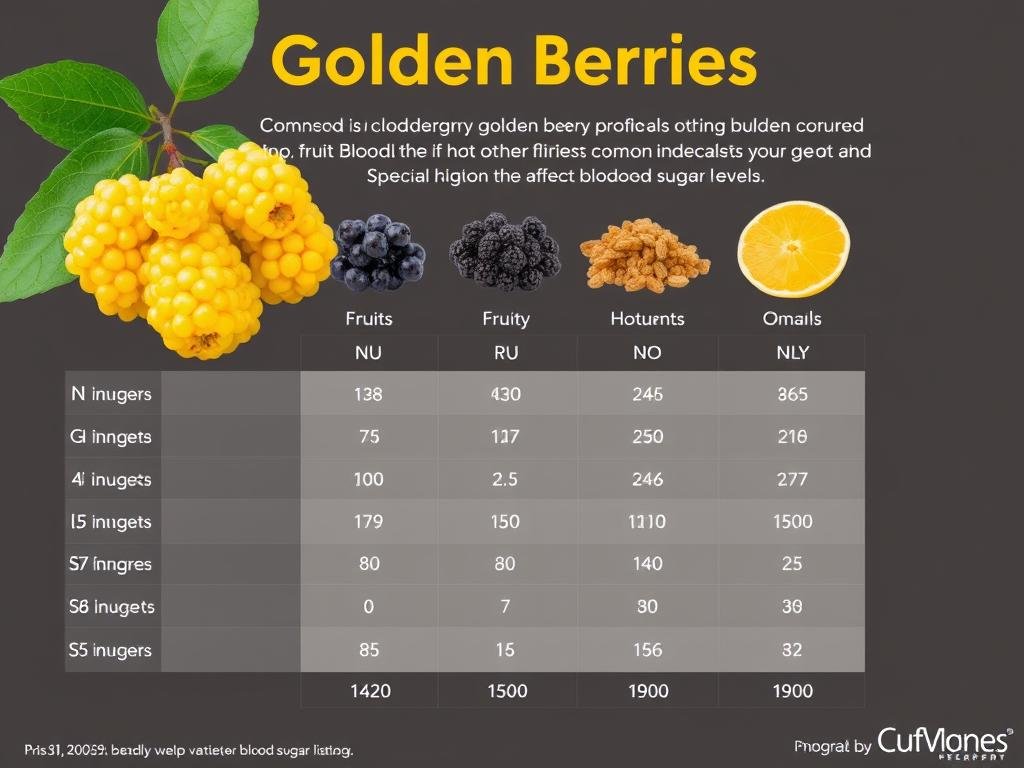
How Golden Berries Help Regulate Blood Sugar
The relationship between golden berries and blood sugar management is multifaceted, involving several mechanisms that work together to promote balanced glucose levels.
Low Glycemic Index and Natural Sugar Content
Golden berries have a low glycemic index of approximately 25, which means they cause a slower, more gradual rise in blood sugar compared to high-glycemic foods. This makes them an excellent choice for those monitoring their blood glucose levels.
Unlike many dried fruits that contain added sugars, natural dried golden berries contain no added sweeteners, making them a better option for blood sugar management when consumed in appropriate portions.
Fiber Content and Blood Sugar Stabilization
With 6 grams of fiber per cup, golden berries provide over 20% of the daily recommended intake. This high fiber content, particularly soluble fiber like pectin, plays a crucial role in blood sugar regulation by:
- Slowing the absorption of sugar into the bloodstream
- Preventing rapid spikes in blood glucose levels
- Improving insulin sensitivity over time
- Creating a feeling of fullness that helps prevent overeating
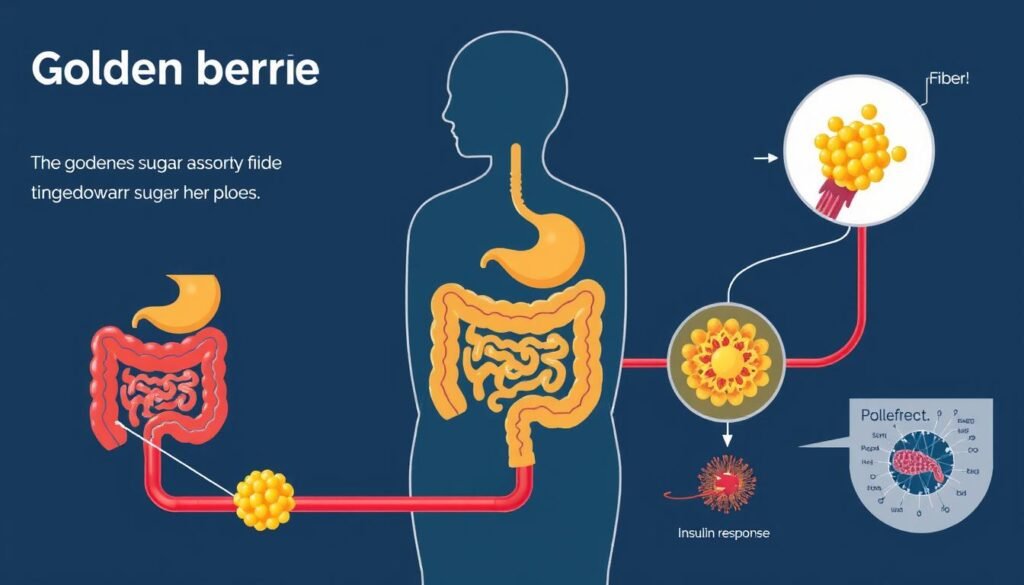
Anti-Inflammatory Properties
Chronic inflammation is closely linked to insulin resistance and type 2 diabetes. Golden berries contain natural compounds called withanolides that have demonstrated anti-inflammatory effects in scientific studies.
By reducing inflammation, these compounds may help improve cellular response to insulin, allowing for more efficient glucose uptake and utilization by the body’s cells.
Key Compounds in Golden Berries That Support Blood Sugar Balance
Essential Fatty Acids
Golden berries contain linoleic and oleic acids, two essential fatty acids that research has shown can improve insulin sensitivity. These fatty acids help insulin receptors function more effectively, allowing cells to better respond to insulin signals.
Polyphenols and Antioxidants
The bright orange color of golden berries comes from their high carotenoid content, particularly beta-carotene. These and other antioxidants help protect pancreatic beta cells (which produce insulin) from oxidative damage, potentially preserving insulin production capacity.
Withanolides
These natural steroids found in golden berries have been studied for their ability to regulate glucose metabolism. Research suggests they may help normalize blood sugar levels by influencing various metabolic pathways involved in glucose regulation.
Pectin and Soluble Fiber
The pectin in golden berries forms a gel-like substance in the digestive tract that slows carbohydrate digestion and sugar absorption, preventing rapid blood sugar spikes after meals.
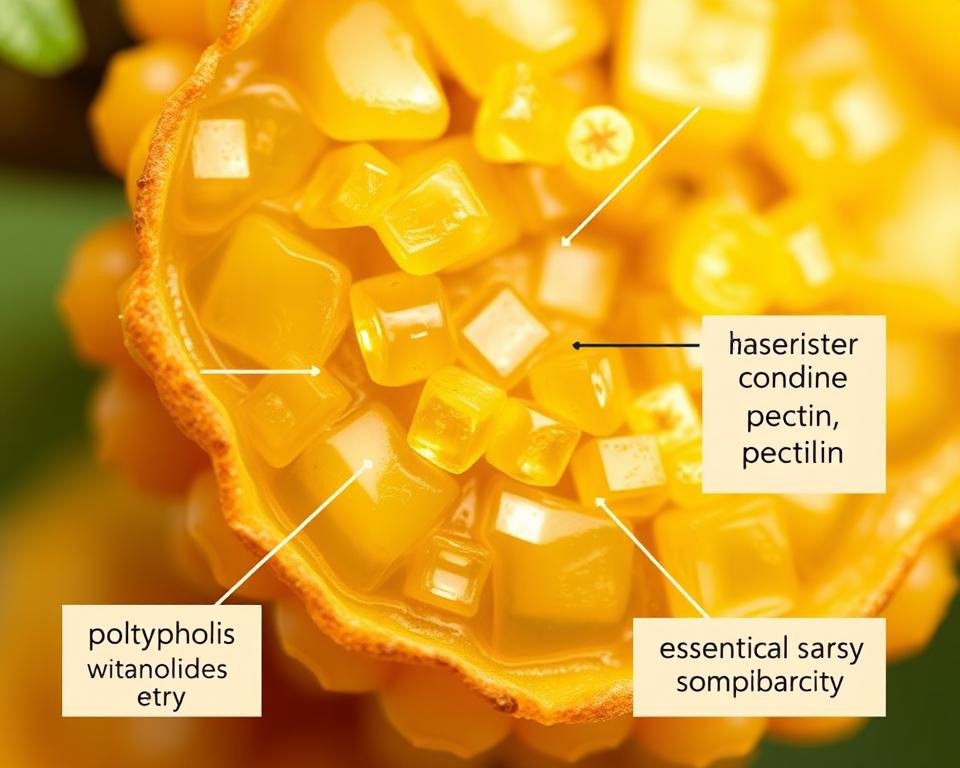
Free Blood Sugar Management Guide
Want to learn more about natural ways to support healthy blood sugar levels? Download our free guide “Natural Blood Sugar Management with Superfoods” and discover how to incorporate golden berries and other powerful foods into your daily routine.
Golden Berries vs. Other Berries for Blood Sugar Management
While many berries offer benefits for blood sugar management, golden berries have some unique advantages compared to other common berries:
- Higher fiber content (6g per cup) compared to most berries
- Contains unique withanolides not found in other berries
- Low glycemic index of 25
- Contains essential fatty acids that improve insulin sensitivity
- Higher protein content than most berries (2.7g per cup)
Golden Berries
- Rich in anthocyanins that improve insulin sensitivity
- Lower fiber content (3.6g per cup)
- Low glycemic index of 53 (higher than golden berries)
- Lower protein content (1.1g per cup)
- Well-studied for diabetes prevention
Blueberries
- Very low glycemic index of 40
- Moderate fiber content (3g per cup)
- High vitamin C content supports metabolic health
- Contains ellagic acid that may help manage blood sugar
- Lower protein content (1g per cup)
Strawberries
While all berries offer benefits for blood sugar management, golden berries stand out for their unique combination of fiber, essential fatty acids, and specialized compounds like withanolides that specifically target multiple aspects of glucose metabolism.
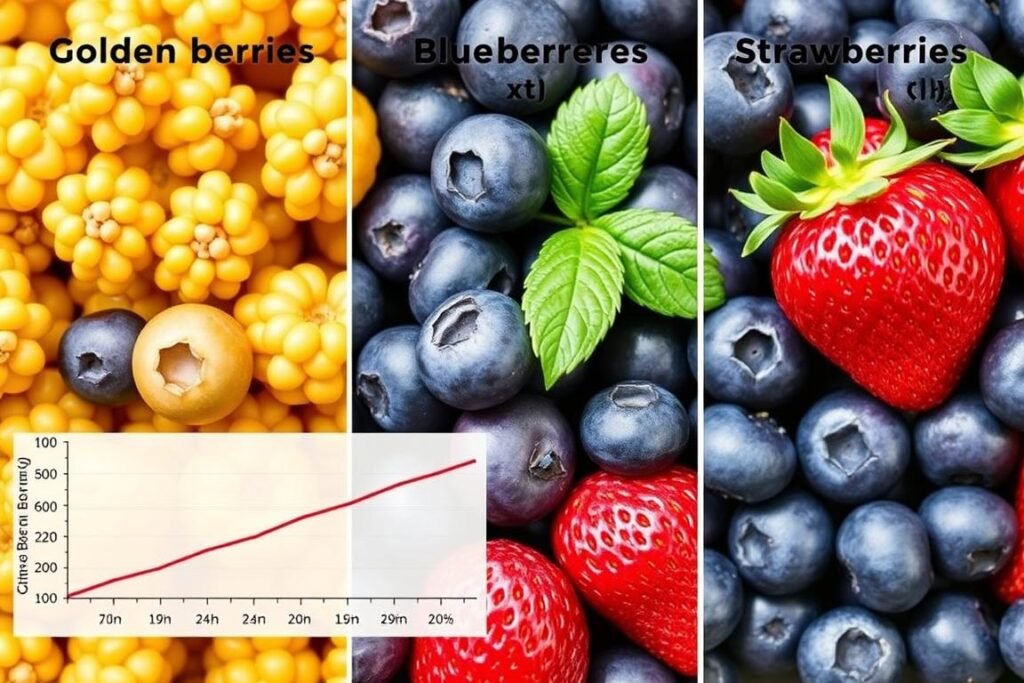
Practical Ways to Incorporate Golden Berries into a Blood Sugar-Friendly Diet
Adding golden berries to your diet can be both delicious and beneficial for blood sugar management. Here are some practical ways to enjoy them:
Morning Meals
- Add dried golden berries to oatmeal or overnight oats
- Blend fresh golden berries into a low-sugar smoothie
- Mix into Greek yogurt with nuts for a balanced breakfast
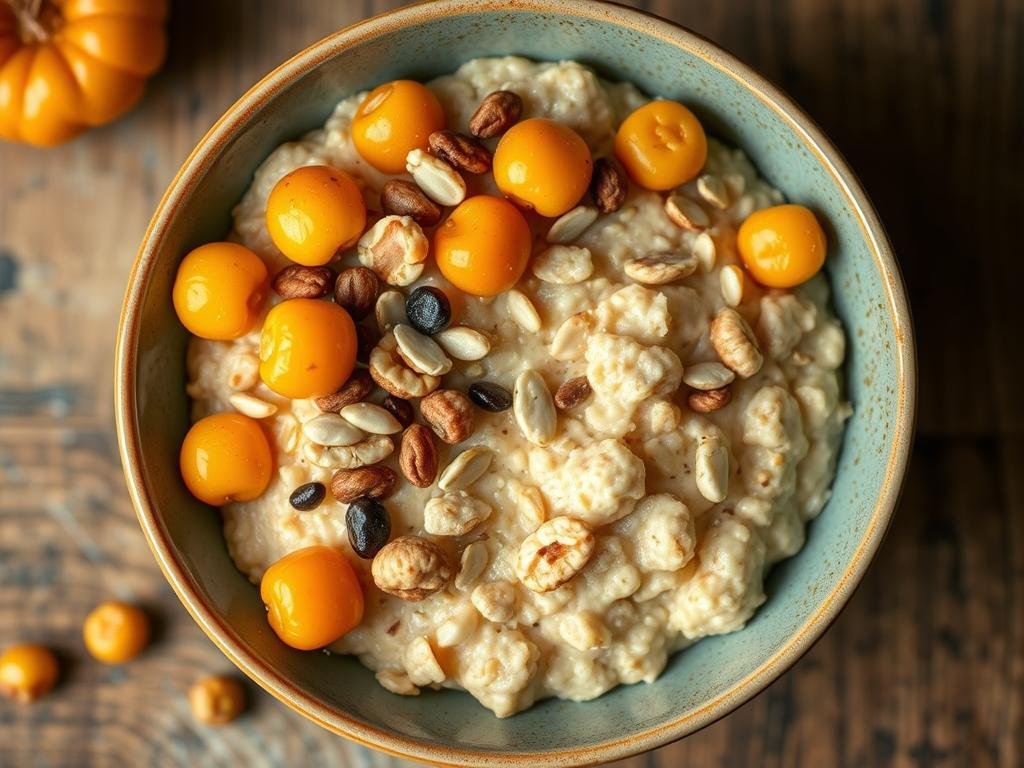
Main Dishes
- Create a golden berry salsa for fish or chicken
- Add to quinoa or wild rice salads with vegetables
- Include in leafy green salads with healthy fats
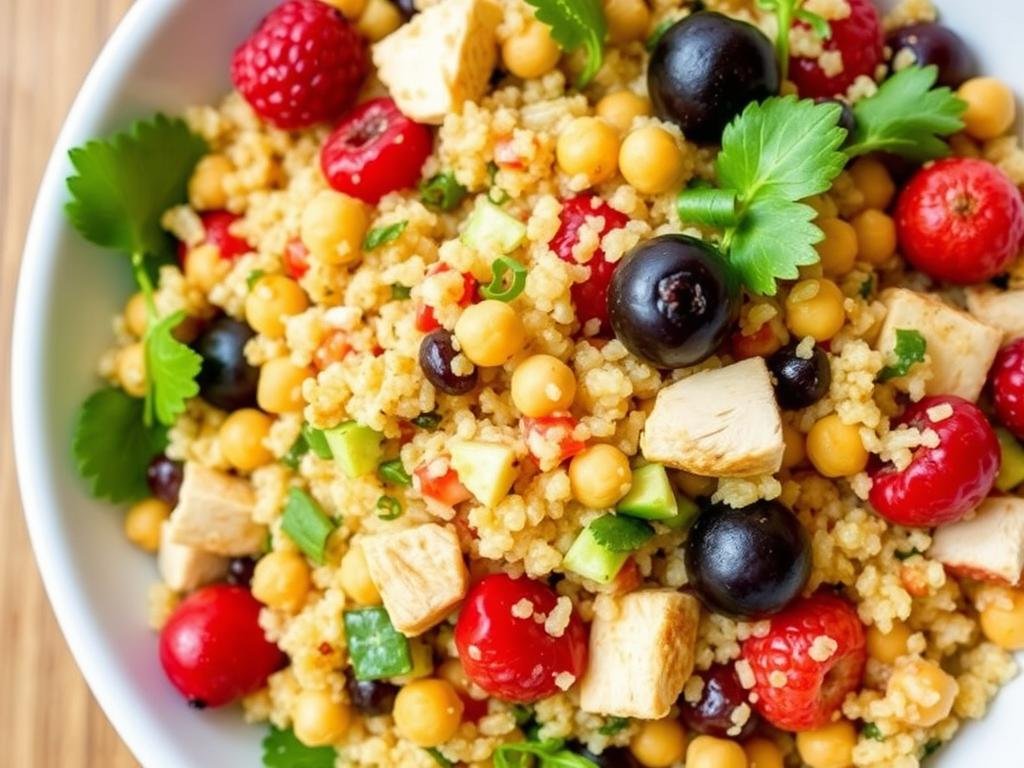
Snacks & Sides
- Pair dried golden berries with a small handful of nuts
- Make a trail mix with golden berries and seeds
- Create a cheese plate with golden berries as a sweet element
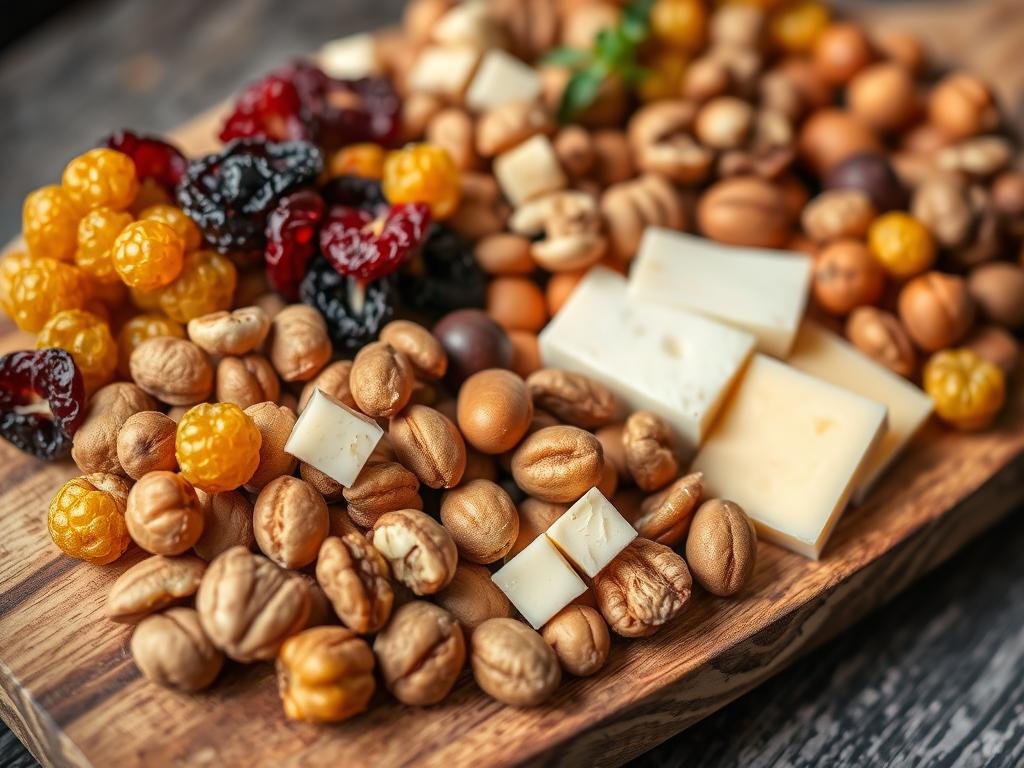
For optimal blood sugar management, pair golden berries with a source of protein or healthy fat to further slow digestion and minimize blood glucose impact.
Golden Berry Recipes for Blood Sugar Balance
Blood Sugar-Friendly Golden Berry Chia Pudding
This simple recipe combines the blood sugar-stabilizing benefits of golden berries, chia seeds, and cinnamon:
- 2 tablespoons chia seeds
- ½ cup unsweetened almond milk
- ¼ cup chopped fresh or 2 tablespoons dried golden berries
- ¼ teaspoon cinnamon
- Optional: 1 teaspoon unsweetened vanilla extract
Mix all ingredients and refrigerate overnight. Enjoy as a breakfast or snack that won’t spike your blood sugar.
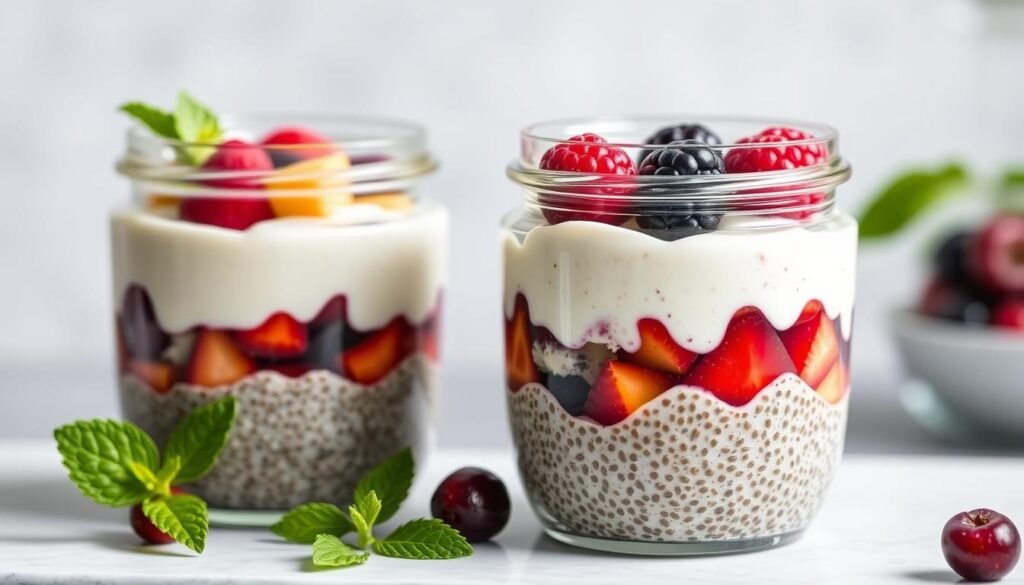
Recommended Serving Sizes and Precautions
Optimal Serving Sizes
While golden berries offer numerous benefits for blood sugar management, they still contain natural sugars and should be consumed in appropriate portions:
- Fresh golden berries: ¼ to ½ cup (about 8-16 berries)
- Dried golden berries: 1-2 tablespoons (about 10-15 dried berries)
These serving sizes provide beneficial nutrients without excessive sugar intake. For those actively managing diabetes, monitor your blood glucose response to determine your personal tolerance.
Important Precautions
Never eat unripe golden berries. Unripe berries (with green tints) contain solanine, a toxin found in nightshade plants that can cause digestive distress and other symptoms.
If you’re taking medications for diabetes, consult with your healthcare provider before adding golden berries to your diet, as their blood sugar-lowering effects might enhance the action of your medications.
Those with nightshade sensitivities should introduce golden berries cautiously, as they belong to the nightshade family.
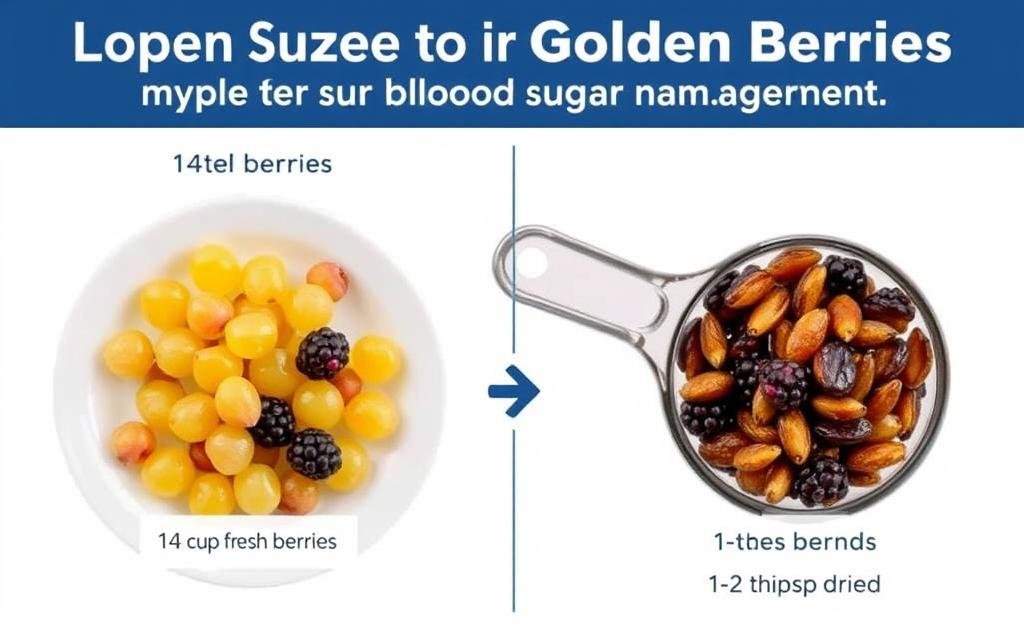
Scientific Evidence Supporting Golden Berries for Blood Sugar Management
While research specifically on golden berries and blood sugar is still emerging, several studies provide promising evidence for their benefits:
Research Highlights
Withanolide Effects on Glucose Metabolism
A 2018 study published in the Journal of Ethnopharmacology found that withanolides from Physalis plants demonstrated hypoglycemic (blood sugar-lowering) effects in laboratory studies, suggesting potential benefits for diabetes management.
Anti-Inflammatory Properties
Research published in Food Chemistry (2019) identified multiple anti-inflammatory compounds in golden berries that may help reduce the chronic inflammation associated with insulin resistance and type 2 diabetes.
Antioxidant Protection
A study in the Journal of Medicinal Food found that golden berry extracts protected pancreatic beta cells (insulin-producing cells) from oxidative damage, potentially preserving insulin production capacity.
While modern scientific research on golden berries continues to develop, these fruits have been used traditionally in Andean folk medicine for centuries to treat various conditions, including those related to blood sugar imbalances.

Stay Updated on Golden Berry Research
Want to keep up with the latest research on golden berries and blood sugar management? Subscribe to our monthly newsletter for evidence-based updates on natural approaches to metabolic health.
Conclusion: Golden Berries as Part of a Holistic Approach to Blood Sugar Management
Golden berries offer a unique combination of nutrients and bioactive compounds that can support healthy blood sugar levels through multiple mechanisms. Their high fiber content, low glycemic index, essential fatty acids, and specialized compounds like withanolides work together to slow sugar absorption, improve insulin sensitivity, and protect against the oxidative damage associated with blood sugar imbalances.
While golden berries can be a valuable addition to a blood sugar-friendly diet, they work best as part of a comprehensive approach that includes:
- A balanced diet rich in fiber, healthy fats, and quality protein
- Regular physical activity
- Stress management
- Adequate sleep
- Regular blood glucose monitoring if recommended by your healthcare provider
Whether fresh or dried, these bright orange berries from the Andes can be a delicious and nutritious tool in your blood sugar management toolkit. Their versatility in recipes and unique flavor profile make them an exciting addition to meals and snacks that won’t compromise your blood glucose goals.

Take Control of Your Blood Sugar Naturally
Ready to explore how golden berries and other natural foods can help you maintain healthy blood sugar levels? Download our comprehensive guide to natural blood sugar management and start your journey toward better metabolic health today.





